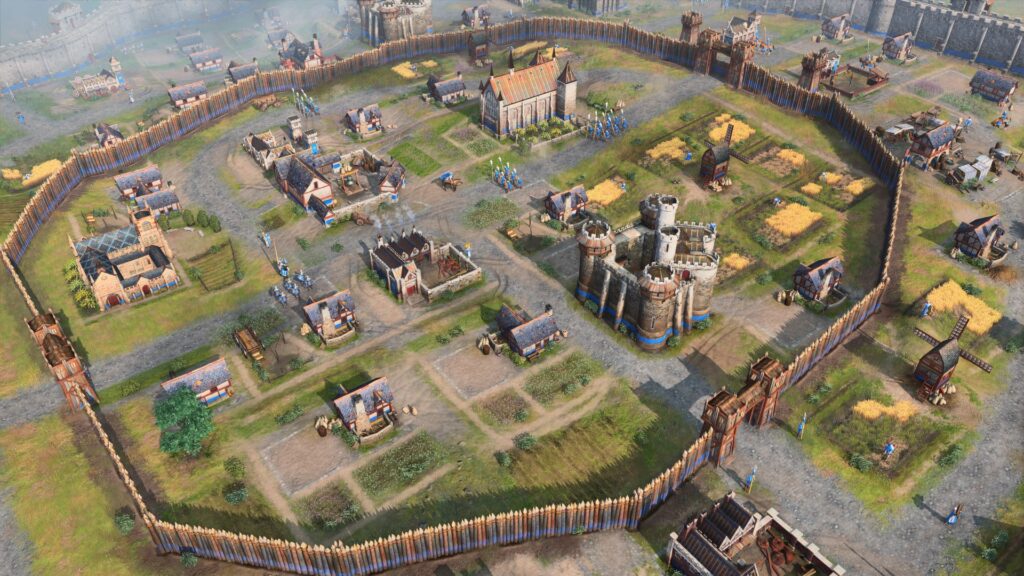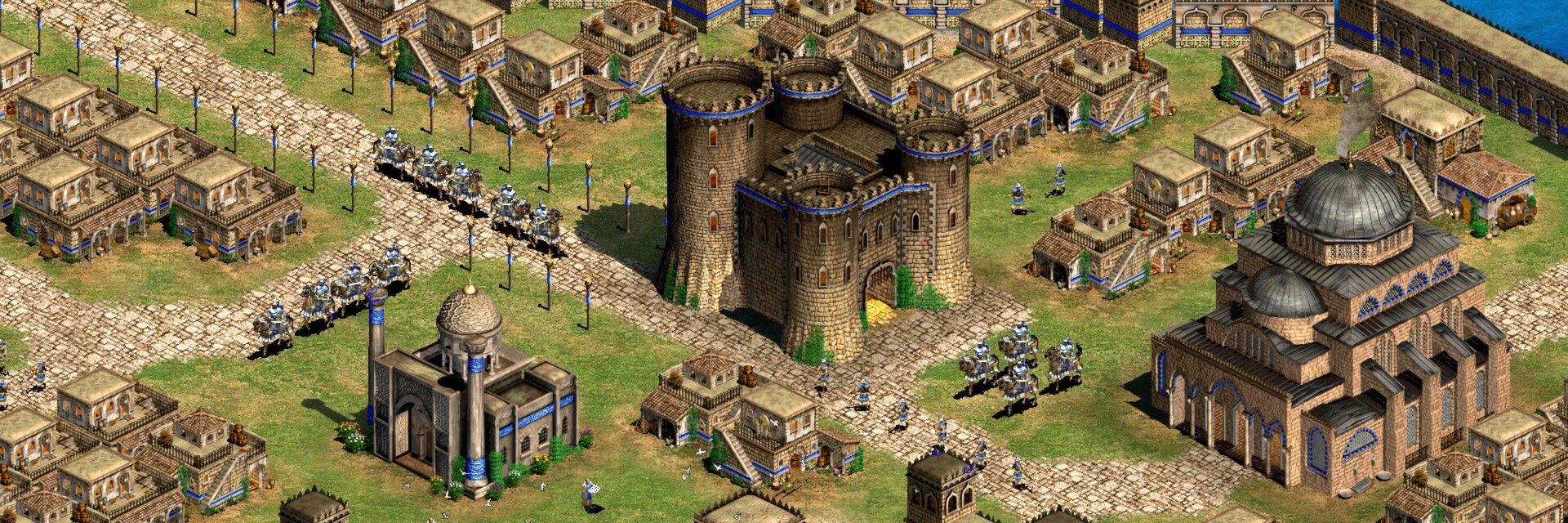
Throwback: Age of Empires through the Ages
Exploring the evolution of Age of Empires, from its humble beginnings to the influential gaming franchise it is today.

Age of Empires, a title that resonates with strategy gaming enthusiasts, has left an indelible mark on the gaming industry since its inception in 1997. Developed by Ensemble Studios and published by Microsoft, this iconic real-time strategy (RTS) series has undergone a fascinating evolution, captivating millions of players with each installment. In this retrospective journey, we’ll explore the evolution of Age of Empires, from its humble beginnings to the influential gaming franchise it is today.

The inaugural Age of Empires game introduced players to a revolutionary blend of historical accuracy and engaging gameplay. Set in various epochs, from the Stone Age to the Iron Age, players navigated the complexities of resource management, building civilizations, and commanding armies. The game’s success was built on its innovative concept of combining history with strategic gaming, setting the stage for the series to become a household name.

Age of Empires II elevated the series to new heights with improved graphics, refined gameplay mechanics, and an expanded range of civilizations. The introduction of unique units for each faction and historical campaigns provided a rich and immersive gaming experience. The Age of Kings solidified the franchise’s status as a frontrunner in the RTS genre, earning acclaim for its depth and attention to historical detail.

Taking a bold step forward, Age of Empires III shifted the focus to the colonial era, introducing players to the Age of Discovery. With updated graphics and a more cinematic approach to storytelling, the game explored new territories and added innovative features such as a Home City system. Though met with some initial skepticism, Age of Empires III eventually won over fans with its unique setting and gameplay improvements.

After a prolonged hiatus, Age of Empires IV marked the series’ triumphant return. Developed by Relic Entertainment, the game retained the core essence of its predecessors while embracing modern gaming technology. The graphics received a significant upgrade, and new civilizations were introduced, covering a broader range of historical periods. Age of Empires IV brought the series into the 21st century, catering to both longtime fans and a new generation of gamers.
Age of Empires stands as a testament to the enduring appeal of strategic gameplay and historical exploration. From its humble beginnings in 1997 to the highly anticipated release of Age of Empires IV in 2021, the series has evolved, adapted, and continued to captivate audiences worldwide. As we reflect on the evolution of Age of Empires, it becomes clear that its legacy extends beyond mere entertainment—it has become a cultural touchstone for gamers who appreciate the marriage of history and strategy in the world of gaming. With an eye to the future, Age of Empires remains a beacon, guiding us through the ages of both virtual and historical worlds.


Exploring the evolution of Age of Empires, from its humble beginnings to the influential gaming franchise it is today.

In this head-to-head comparison, we’ll delve into the strengths and weaknesses of two popular contenders: the Radeon RX 580 and the GTX 1660 Super.

In the dynamic realm of gaming, achieving optimal performance often feels like a balancing act. In this post we explore 5 things you can implement today to get the most out of your Gaming PC.




